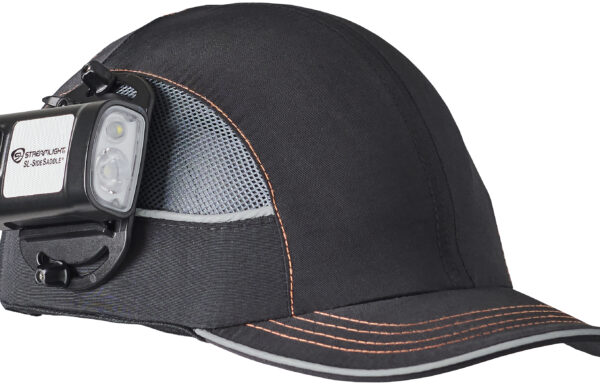3D printing, also known as additive manufacturing, is revolutionising the production of ballistic protection solutions. In particular, 3D printing of armour steel opens up new possibilities in terms of design freedom, weight reduction and the manufacture of complex components, as well as the integration of additional functions.
Focus on innovation and technology
Mehler Protection offers a unique portfolio in Europe, providing protection solutions for all threats and protection levels according to STANAG 4569, including complete welded subsystems. The M-RACC (Multirole Armour Composite Components) product family includes modular, purely passive solutions against ballistic projectiles, shaped charges/anti-tank weapons, IEDs, mines and roof protection solutions. These are used in military and civilian vehicles, ships, helicopters and for critical infrastructure protection.
Patented 3D printing technology for armour steel is opening up new possibilities in the design of protective components. Layer-by-layer manufacturing allows precise control of material properties, resulting in consistent resistance to ballistic threats. By refining the printing technology and post-processing, mechanical properties can be further optimised.
Design freedom and advanced manufacturing processes
A key advantage of PROTEC3D is the virtually unlimited design freedom it offers. While conventional methods are often limited by geometric constraints, 3D printing enables the realisation of complex structures and shapes that were previously unimaginable.
Mehler Protection uses an Selective Laser Melting (SLM) process to manufacture the components. By welding the 3D printed components with the same alloy, large components can be produced. This enables the development of customised protection solutions that are precisely tailored to specific requirements and operating conditions. Subsequent heat treatment achieves hardnesses of 400-620 HB. The result is a homogeneous product with no weaknesses in welds, heat affected zones or hardness transitions.
In addition, PROTEC3D offers the option of cathodic dip coating (CDC). This process is not possible with conventional armour steel, as it reduces the hardness and thus the ballistic performance of the material. In addition, the process does not affect the alloy used, making it suitable for the corrosion protection of complex structures.
Efficiency through functional integration
3D printing makes it possible to produce highly complex components in a single manufacturing step. Traditionally, such components must be assembled from multiple parts, introducing additional weaknesses and adding weight. With additive manufacturing, complex geometries and internal structures, such as cavities or reinforcements, can be integrated directly into the part. This improves both structural integrity and manufacturing efficiency while reducing overall weight.
PROTEC3D also allows additional functions to be integrated directly into the component. For example, sensors cases can be equipped with cooling channels to decrease the thermal signature, or mounting points for other components can be seamlessly embedded into the structure. This reduces the need for subsequent assembly steps and increases the reliability and lifespan of protection solutions. This minimises the need for reassembly and increases the reliability and durability of protection solutions.
Short procurement times and cost efficiency
Another key benefit of PROTEC3D is the drastic reduction in lead times and associated cost efficiencies. Traditional manufacturing processes often require long lead times for the production of moulds and tools, as well as complex production steps. 3D printing eliminates many of these steps, resulting in much faster production. Prototypes and small series can be produced in days rather than weeks or months. In addition, additive manufacturing allows for more efficient use of materials by using only the material that is needed. These benefits help to deliver ballistic protection solutions faster, more flexibly and more cost-effectively, which is particularly valuable in time-critical and resource-intensive scenarios.
Diverse applications and future potential
PROTEC3D is already being used successfully in the first series projects in the field of civil protection vehicles. For example, window frames with protection level VPAM 9 have been realised with significant weight savings.
At this year’s Eurosatory in Paris, the international defence and security exhibition, an application in the field of optronics was presented. The PROTEC3D sensor housing, which meets STANAG Level 3 requirements, demonstrates the wide range of possibilities offered by 3D printing for complex components. This sensor housing was not only equipped with brackets for sensor elements, but also with channels for compressed air for cleaning the lenses and cooling pipes to reduce heat signatures. In general, PROTEC3D offers many new application possibilities, such as eliminating vulnerabilities in military land vehicles with ballistic protected media disconnectors and cable feed-throughs.
Conclusion
PROTEC3D offers significant advantages in terms of design freedom, ballistic performance, production of complex components and weight optimisation. It also ensures faster procurement and cost efficiency. By improving both efficiency and effectiveness, PROTEC3D sets new standards for flexibility and adaptability in ballistic protection. The continuous development and application-specific customisation of PROTEC3D promises to transform the field of ballistic protection solutions and open up innovative approaches for the future (Mehler Systems at SMM and MSPO 2024).







































